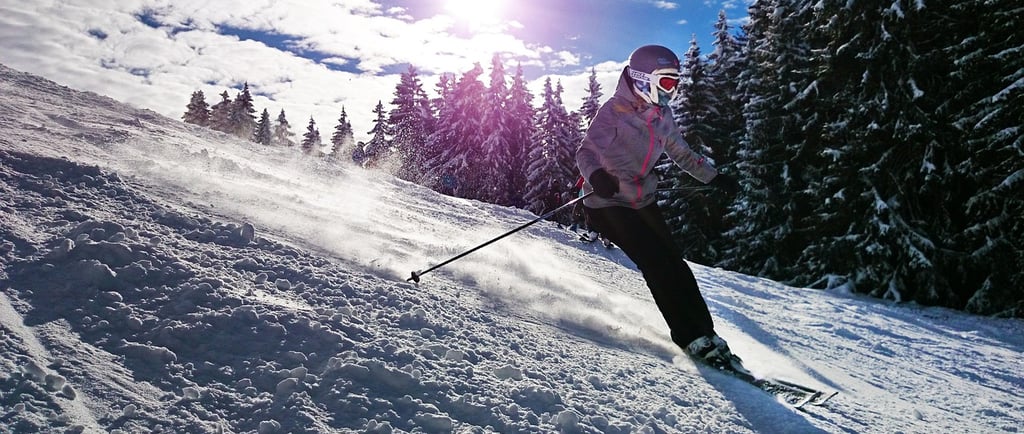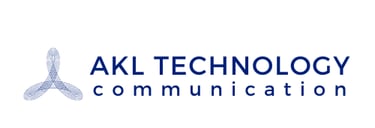What are the legal requirements for using walkie-talkies in ski resorts?
What are the legal requirements for using walkie-talkies in ski resorts?
1/23/20252 min read


The Importance of Walkie-Talkies in Skiing
Skiing is an exhilarating yet potentially hazardous sport, especially when venturing into remote or off-piste areas. While the RECCO ski rescue system is a vital safety tool, walkie-talkies serve as another essential real-time communication device that can be lifesaving.
In the vast and often isolated ski terrains, mobile phone signals can be unreliable or non-existent. Walkie-talkies, however, provide a robust and immediate means of communication. They are specifically designed for outdoor use, with features like extended battery life, ensuring that you stay connected for long durations without worrying about power loss. Their clear displays and intuitive controls make them easy to operate, even with gloves on, allowing skiers to communicate effectively in challenging conditions.
Moreover, these walkie-talkies are built to be rugged and durable, withstanding the harsh elements of winter. They comply with legal regulations, ensuring safe and reliable communication without interference. Whether you're skiing with a group, need to coordinate with ski patrol, or find yourself in an emergency situation, walkie-talkies offer a reliable lifeline. They enhance safety, coordination, and peace of mind, making them an indispensable tool for any skier venturing into the slopes.
When using walkie-talkies in ski resorts, several legal requirements and regulations must be considered to ensure compliance and avoid interference with other communication systems:
Frequency Bands and Licensing
Walkie-talkies used in ski resorts typically operate on Family Radio Service (FRS) or General Mobile Radio Service (GMRS) frequencies. FRS radios are license-free and suitable for short-range communication, with a maximum power output of 2 watts. GMRS radios, which offer longer-range communication, require an FCC license in the United States. This license costs $70 and is valid for 10 years. In Europe and Canada, GMRS licenses are not required.
Choose our AKL D510 as License free radio for your skiing exercise.
Channel Usage and Privacy
Ski resorts and busy backcountry areas can experience crowded channels. To minimize interference, walkie-talkies often include privacy codes (CTCSS or CDCSS) that filter out unwanted transmissions from other radios on the same channel. Additionally, using designated private channels can help reduce the likelihood of interference.
Power Output and Range
The power output of walkie-talkies affects their range and potential for interference. FRS radios are limited to 2 watts, making them suitable for short-range communication within sight lines. GMRS radios can have higher power outputs (up to 50 watts) and are better suited for longer-range communication in mountainous terrain. However, higher power outputs may require additional licensing and adherence to regulations to avoid interference with emergency services.
Emergency Communication
Ski resorts often have designated emergency frequencies or channels that should not be used for casual communication. Walkie-talkie users must ensure they are not interfering with these critical channels. Additionally, some walkie-talkies offer features like NOAA weather alerts, which can enhance safety in outdoor environments.
Equipment Features and Compliance
Walkie-talkies used in ski resorts should be rugged, waterproof, and designed for cold weather conditions. They should also comply with local regulations regarding frequency use and power output. For example, some models offer extended battery life, which is crucial for long days on the slopes.
Chenghui International Park ,Nan 'an,Quanzhou ,Fujian ,China 362300.
Your Secure Communication Is Our Mission


allyxubin
ally@akl-tech.com anson@akl-tech.com
© 2024-2025 All rights reserved. AKL Technology Co.,Limited All Rights Reserved.
POC Radio
DMR Radio
Analog Radio
Radio Accessories
86-15859775920
